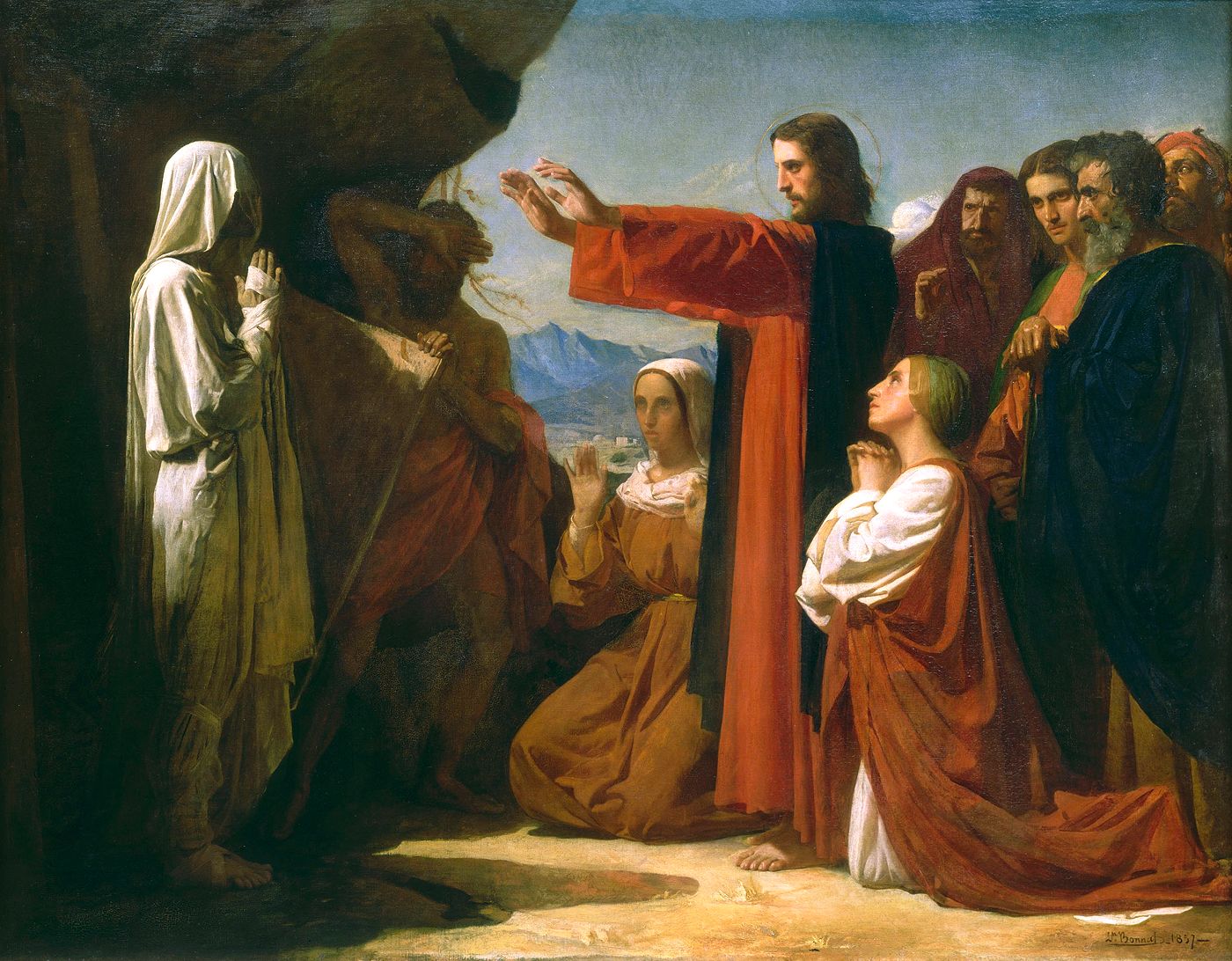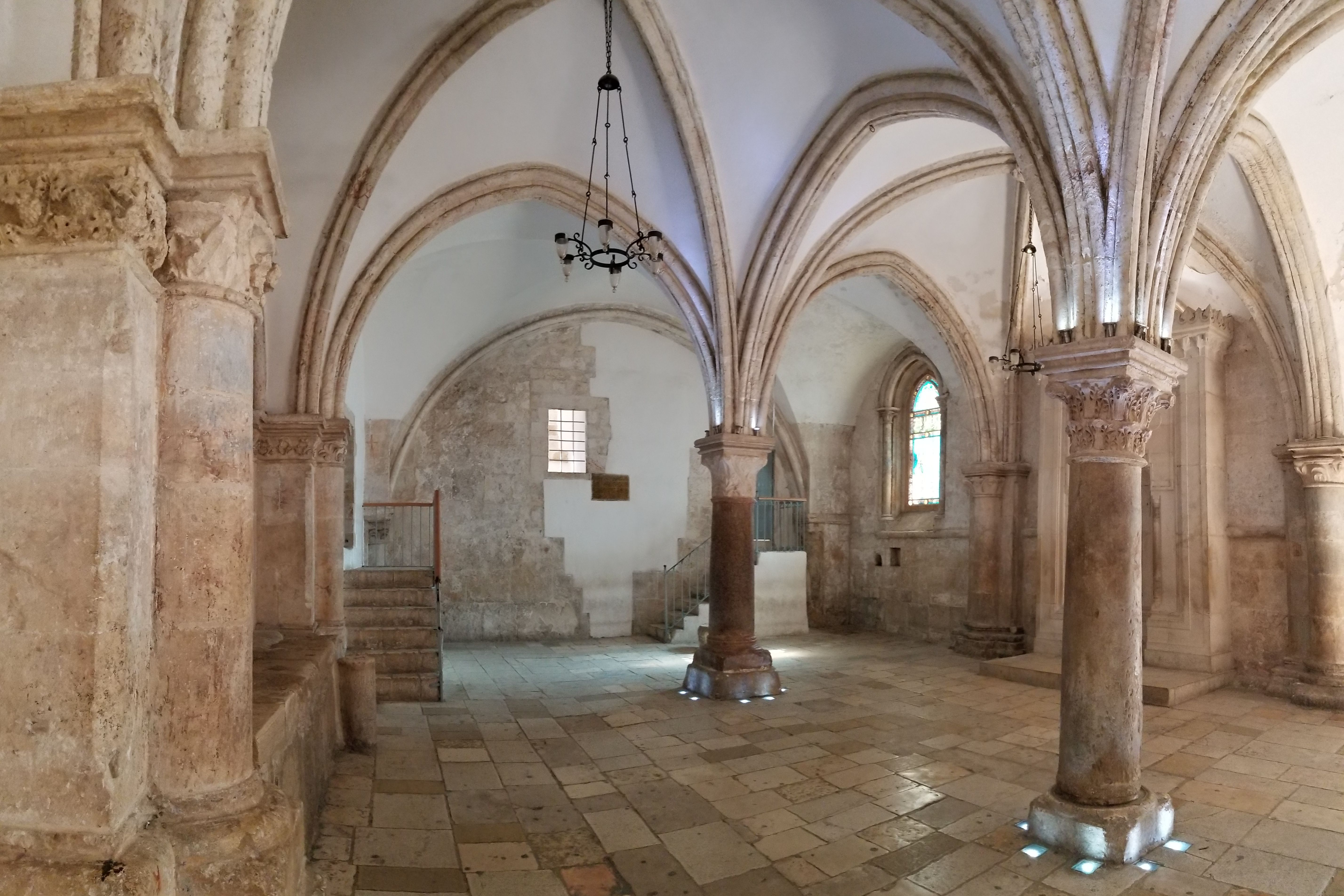|
Al-A'sha
Al-A'sha () or Maymun Ibn Qays Al-A'sha (d.c. 570– 625) was an Arabic Jahiliyyah poet from Al-Yamama, Arabia. He claimed to receive inspiration from a jinni called ''Misḥal''. Although not a Christian himself, his poems prove familiarity with Christianity. He traveled through Mesopotamia, Syria, Arabia and Ethiopia. He was nicknamed al-A'sha which means "weak-sighted" or "night-blind" after he lost his sight. He continued to travel even after becoming blind, particularly along the western coast of the Arabian peninsula. It was then that he turned to the writing of panegyrics as a means of support. His style, reliant on sound effects and full-bodied foreign words, tends to be artificial. His love poems are devoted to the praise of Huraira, a black female slave. He is said to have believed in the Christian eschatological themes of Resurrection and Last Judgment, and to have been a monotheist. These beliefs may have been due to his interactions with the bishop of Najr� ... [...More Info...] [...Related Items...] OR: [Wikipedia] [Google] [Baidu] |
Al-Yamama
Al-Yamama () is a historical region in south-eastern Najd in modern-day Saudi Arabia. Only a handful of centralized states ever arose in the Yamama, but it figured prominently in early Islamic history, becoming a central theater in the Ridda wars immediately following Muhammad's death. Despite being incorporated into the Najd region, the term 'al-Yamama' remains in use as a traditional and historical term to reference or emphasize the region's ancient past. The current headquarters of the Saudi government in Riyadh, for example, is known as the Palace of Yamamah. Etymology The 13th-century geographer Yaqut al-Hamawi mentions a number of etymologies for ''al-Yamama'', including the root word ''hamam'' (Arabic for " domesticated pigeon") but the historian G. Rex Smith considers them unlikely. Instead, Smith holds that it is more likely the name ''al-Yamama'' is the singular form of the Arabic word for wild pigeons, ''yamam''. History From the pre-Islamic period through the ... [...More Info...] [...Related Items...] OR: [Wikipedia] [Google] [Baidu] |
Panegyric
A panegyric ( or ) is a formal public speech or written verse, delivered in high praise of a person or thing. The original panegyrics were speeches delivered at public events in ancient Athens. Etymology The word originated as a compound of - 'all' (the form taken by the word πᾶν, neuter of πᾶς 'all', when that is used as a prefix) and the word 'assembly' (an Aeolic dialect form, corresponding to the Attic or Ionic form ). Compounded, these gave 'general or national assembly, especially a festival in honour of a god' and the derived adjective 'of or for a public assembly or festival'. In Hellenistic Greek the noun came also to mean 'a festal oration, laudatory speech', and the adjective 'of or relating to a eulogy, flattering'. The noun had been borrowed into Classical Latin by around the second century CE, as ''panēgyris'' 'festival' (in post-Classical usage also 'general assembly'). Correspondingly, Classical Latin also included the adjective ''panēgyricus'', whi ... [...More Info...] [...Related Items...] OR: [Wikipedia] [Google] [Baidu] |
620s Deaths
6 (six) is the natural number following 5 and preceding 7. It is a composite number and the smallest perfect number. In mathematics A six-sided polygon is a hexagon, one of the three regular polygons capable of tiling the plane. A hexagon also has 6 edges as well as 6 internal and external angles. 6 is the second smallest composite number. It is also the first number that is the sum of its proper divisors, making it the smallest perfect number. It is also the only perfect number that doesn't have a digital root of 1. 6 is the first unitary perfect number, since it is the sum of its positive proper unitary divisors, without including itself. Only five such numbers are known to exist. 6 is the largest of the four all-Harshad numbers. 6 is the 2nd superior highly composite number, the 2nd colossally abundant number, the 3rd triangular number, the 4th highly composite number, a pronic number, a congruent number, a harmonic divisor number, and a semiprime. 6 is also the firs ... [...More Info...] [...Related Items...] OR: [Wikipedia] [Google] [Baidu] |
570s Births
57 may refer to: * 57 (number) * one of the years 57 BC, AD 57, 1957, 2057 * "57" (song), a song by Biffy Clyro * "Fifty Seven", a song by Karma to Burn from the album '' Arch Stanton'', 2014 * "57" (album), a studio album by Klaus Major Heuser Band in 2014 * "57 Live" (album), a live double-album by Klaus Major Heuser Band in 2015 * Heinz 57 (varieties), a former advertising slogan * Maybach 57, an ultra-luxury car * American Base Hospital No. 57 * Swift Current 57's, baseball team in the Western Canadian Baseball League * FN Five-seveN, a semi-automatic pistol * 57 Mnemosyne, a main-belt asteroid * Tatra 57, a compact car {{Numberdis ... [...More Info...] [...Related Items...] OR: [Wikipedia] [Google] [Baidu] |
Qasidah
The qaṣīda (also spelled ''qaṣīdah''; plural ''qaṣā’id'') is an ancient Arabic word and form of poetry, often translated as ode. The qasida originated in pre-Islamic Arabic poetry and passed into non-Arabic cultures after the Spread of Islam, Arab Muslim expansion. The word ''qasida'' is originally an Arabic word (, plural ''qaṣā’id'', ), and is still used throughout the Arabic-speaking world; it was borrowed into some other languages such as (alongside , ''chakameh''), and . The classic form of qasida maintains both monometer, a single elaborate meter (poetry), meter throughout the poem, and monorhyme, where every line rhymes on the same soundAkiko Motoyoshi Sumi, ''Description in Classical Arabic Poetry: ''Waṣf'', Ekphrasis, and Interarts Theory'', Brill Studies in Middle Eastern literatures, 25 (Leiden: Brill, 2004), p. 1. It typically runs from fifteen to eighty lines, and sometimes more than a hundred. Well-known examples of this genre include the poems ... [...More Info...] [...Related Items...] OR: [Wikipedia] [Google] [Baidu] |
Wine
Wine is an alcoholic drink made from Fermentation in winemaking, fermented fruit. Yeast in winemaking, Yeast consumes the sugar in the fruit and converts it to ethanol and carbon dioxide, releasing heat in the process. Wine is most often made from grapes, and the term "wine" generally refers to grape wine when used without any qualification. Even so, wine can be made fruit wine, from a variety of fruit crops, including plum, cherry, pomegranate, blueberry, Ribes, currant, and Sambucus, elderberry. Different varieties of grapes and Strain (biology), strains of yeasts are major factors in different styles of wine. These differences result from the complex interactions between the Biochemistry, biochemical development of the grape, the reactions involved in fermentation, the grape's growing environment (terroir), and the wine production process. Many countries enact legal appellations intended to define styles and qualities of wine. These typically restrict the geographical origin ... [...More Info...] [...Related Items...] OR: [Wikipedia] [Google] [Baidu] |
Al-Hirah
Al-Hira ( Middle Persian: ''Hērt'' ) was an ancient Lakhmid Arabic city in Mesopotamia located south of what is now Kufa in south-central Iraq. The Sasanian Empire, Sasanian government established the Lakhmid state (Al-Hirah) on the edge of the Arabian Desert near Iraq in order to both prevent direct confrontation between the two empires (Persian and Roman Empire, Rome) and to gain its support in battles against Rome. archive.org Etymology and Names It is widely believed that the name ''Al-Hira'' is derived from the Syriac word ''Harta'' (ܚܪܬܐ), meaning "camp" or "encampment". As the city grew in prominence, it came to be known as "Al-Hira, the city of the Arabs," and also as "Hirat al-Nu'man," referring to several kings who bore the name Nu'man and resided ...[...More Info...] [...Related Items...] OR: [Wikipedia] [Google] [Baidu] |
Najrān
Najran ( '), is a city in southwestern Saudi Arabia. It is the capital of Najran Province. Today, the city of Najran is one of the fastest-growing cities in the kingdom of Saudi Arabia. As of the 2022 census, the city population was 381,431, with the population of the governorate of Najran being 592,300. Today, the population is primarily Ismaili with a Sunni minority. The ancient city of Najran is now largely in ruins, the archaeological site Al-Okhdood, located south-east of the present-day city. In ancient times, this Najran was a major urban, agriculture, industrial (cloth, leather), and trade (incense) center, located in the midst of a fertile wadi (valley), called the Wadi Najran. Najran was also located at the intersection of two main caravan routes: one running from Hadhramaut, to the Hejaz, to the Eastern Mediterranean, and another running from the northeast through Al-Yamama and into Mesopotamia. Its pre-Islamic history is notable for its Christian community, including ... [...More Info...] [...Related Items...] OR: [Wikipedia] [Google] [Baidu] |
Monotheist
Monotheism is the belief that one God is the only, or at least the dominant deity.F. L. Cross, Cross, F.L.; Livingstone, E.A., eds. (1974). "Monotheism". The Oxford Dictionary of the Christian Church (2 ed.). Oxford: Oxford University Press. A distinction may be made between exclusive monotheism, in which the one God is a singular existence, and both inclusive and pluriform monotheism, in which multiple gods or godly forms are recognized, but each are postulated as extensions of the same God. Monotheism is distinguished from henotheism, a religious system in which the believer worships one god without denying that others may worship different gods with equal validity, and monolatry, monolatrism, the recognition of the existence of many gods but with the consistent worship of only one deity. The term ''monolatry'' was perhaps first used by Julius Wellhausen. Monotheism characterizes the traditions of Abrahamic religions, Abrahamic religions such as Judaism, Samaritanism, Christi ... [...More Info...] [...Related Items...] OR: [Wikipedia] [Google] [Baidu] |
Last Judgment
The Last Judgment is a concept found across the Abrahamic religions and the '' Frashokereti'' of Zoroastrianism. Christianity considers the Second Coming of Jesus Christ to entail the final judgment by God of all people who have ever lived, resulting in the salvation of a few and the damnation of many. Some Christian denominations believe most people will be saved, some believe most people will be damned, and some believe the number of the saved and of the damned is unknown. The concept of the Last Judgment is found in all the canonical gospels, particularly in the Gospel of Matthew. The Christian tradition is also followed by Islam, where it is mentioned in many chapters of the Quran, according to some interpretations. The Last Judgment has inspired numerous artistic depictions, including painting, sculpture and evangelical work. In Judaism In Judaism, beliefs vary. Rosh HaShanah is sometimes referred to as a 'day of judgement', but it is not conceptualized as ''the'' Day ... [...More Info...] [...Related Items...] OR: [Wikipedia] [Google] [Baidu] |
Resurrection
Resurrection or anastasis is the concept of coming back to life after death. Reincarnation is a similar process hypothesized by other religions involving the same person or deity returning to another body. The disappearance of a body is another similar but distinct belief in some religions. With the advent of written records, the earliest known recurrent theme of resurrection was in Egyptian and Canaanite religions, which had cults of dying-and-rising gods such as Osiris and Baal. Ancient Greek religion generally emphasised immortality, but in the mythos, a number of individuals were made physically immortal as they were resurrected from the dead. The universal resurrection of the dead at the end of the world is a standard eschatological belief in the Abrahamic religions. As a religious concept, resurrection is used in two distinct respects: # a belief in the ''individual resurrections'' of individual souls that is current and ongoing (e.g., Christian idealism, realized e ... [...More Info...] [...Related Items...] OR: [Wikipedia] [Google] [Baidu] |
Christianity
Christianity is an Abrahamic monotheistic religion, which states that Jesus in Christianity, Jesus is the Son of God (Christianity), Son of God and Resurrection of Jesus, rose from the dead after his Crucifixion of Jesus, crucifixion, whose coming as the Messiah#Christianity, messiah (Christ (title), Christ) was Old Testament messianic prophecies quoted in the New Testament, prophesied in the Old Testament and chronicled in the New Testament. It is the Major religious groups, world's largest and most widespread religion with over 2.3 billion followers, comprising around 28.8% of the world population. Its adherents, known as Christians, are estimated to make up a majority of the population in Christianity by country, 157 countries and territories. Christianity remains Christian culture, culturally diverse in its Western Christianity, Western and Eastern Christianity, Eastern branches, and doctrinally diverse concerning Justification (theology), justification and the natur ... [...More Info...] [...Related Items...] OR: [Wikipedia] [Google] [Baidu] |






